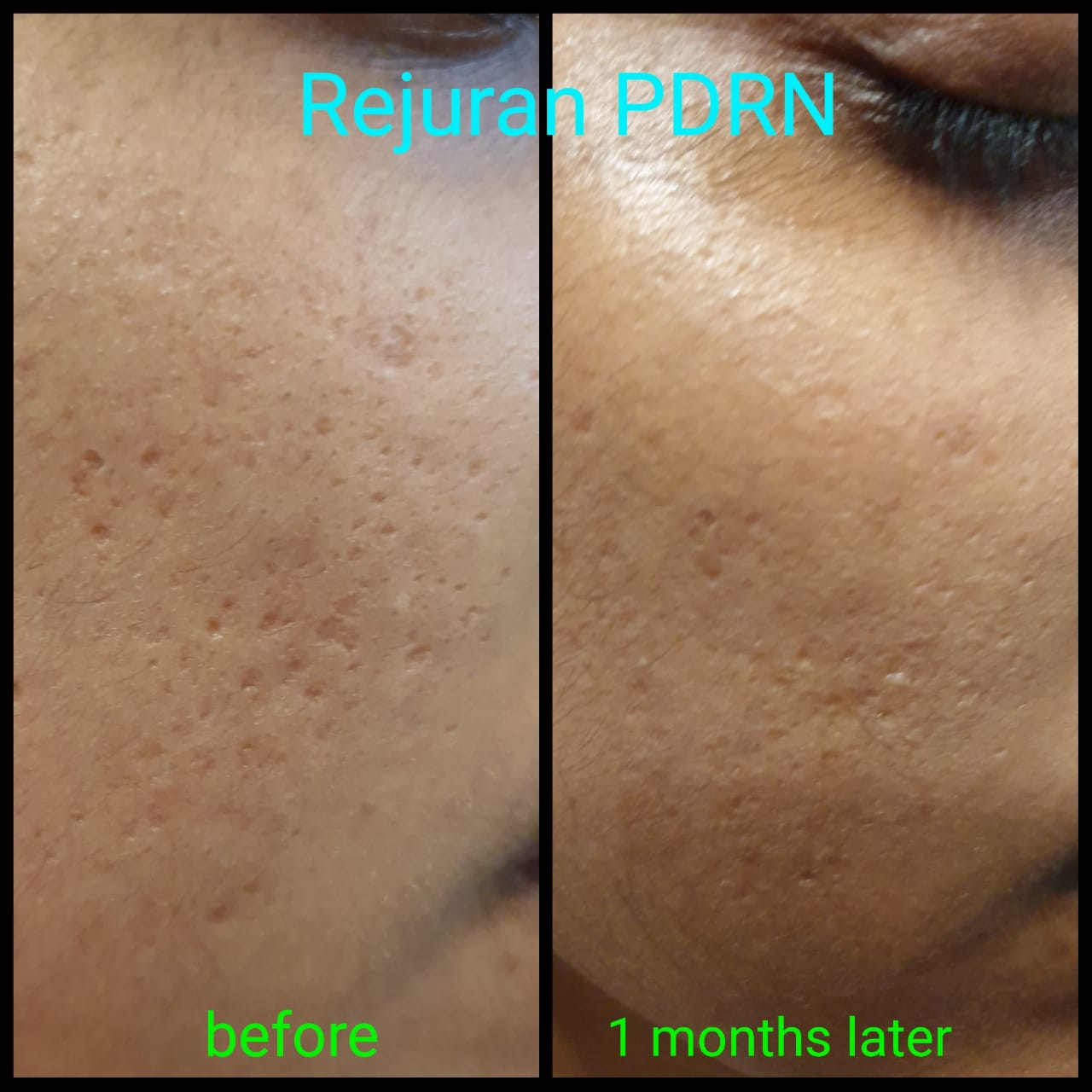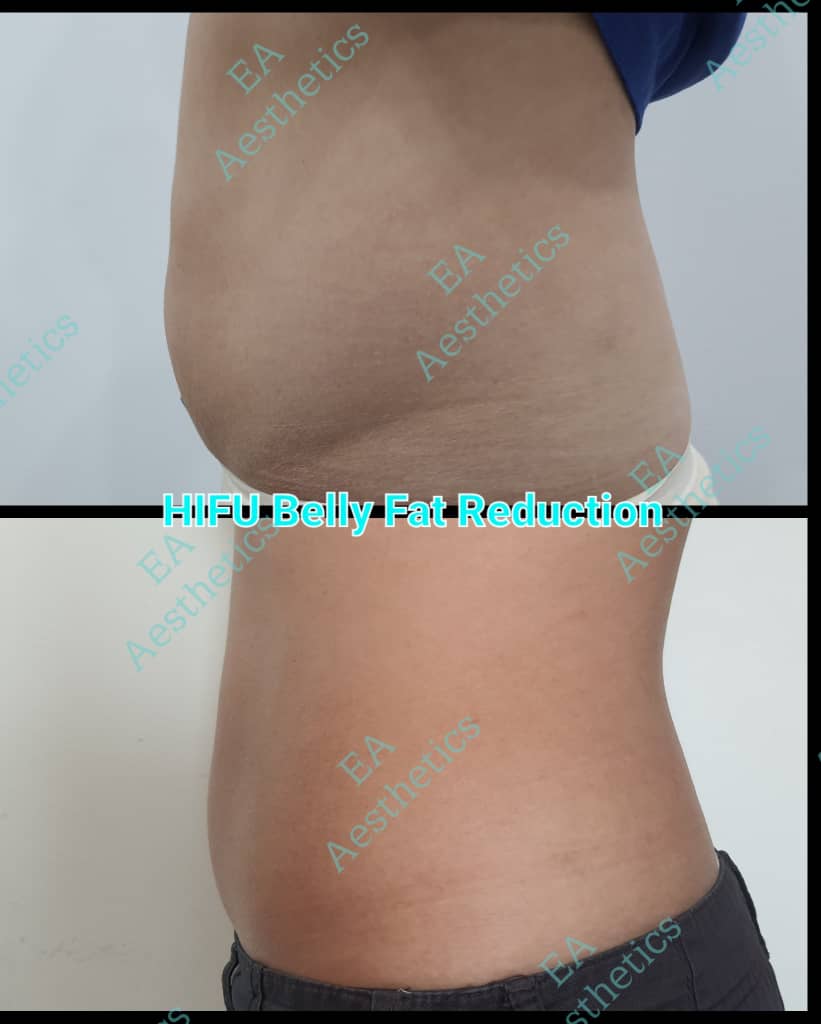Scars and Keloids
Scars and Keloids
Types of Scars
Normal Fine-line Scars
Keloid Scars
Hypertrophic scars
Pitted or sunken scars
Scar contractures
Treatment Types
Subcutaneous incision
A.K.A subcision, is particularly useful for treating mature acne scars and deep scars like rolling scars
Rejuran S
Rejuran S is a more concentrated version of Rejuran Healer that was specially developed to treat acne scars.
Profhilo
Profhilo is an injectable skin remodelling treatment containing one of the highest concentrations of Hyaluronic Acid (HA)
Medium Chemical Peel
A medium chemical peel removes skin cells from the epidermis and from portions of the upper part of your middle layer of skin (dermis)
Intralesional steroid injection
Intralesional steroid injections (ILS), mainly triamcinolone acetonide, are standard treatment for many skin diseases.
Surgical removal of keloids.
Cryosurgery is perhaps the most effective type of surgery for keloids. Also called cryotherapy, the process works by essentially “freezing” away the keloid with liquid nitrogen.
Silicone sheet & gels
Silicone gel sheets are soft wound covers composed of cross-linked polymers reinforced with or bonded to mesh or fabric.
Laser Resurfacing
Laser skin resurfacing removes skin layer by layer with precision. The new skin cells that form during healing give the skin a tighter
Frequently Asked Questions
They occur where the skin has healed after an injury. They can grow to be much larger than the original injury that caused the scar. They are not at all common, but are more likely for people who have dark skin. Anything that can cause a scar can cause a keloid.
Keloids can continue to grow for months or even years. They eventually stop growing but they do not disappear without treatment.
- Cover a new wound with a thin layer of petroleum jelly, such as Vaseline, and a nonstick bandage. Hold the bandage in place with tape so that there is even pressure on the wound.
- After a wound is healed over, use a silicone gel bandage.
- After ear piercing, use pressure earrings.
Doctors schedule a follow-up appointment for six to eight days after surgery to evaluate healing and, if necessary, remove stitches. Over the following six to eight weeks, the skin heals and the new, smaller scar begins to flatten and fade to match the surrounding skin. Complete healing can take as long as a year.
Previously, removing keloids did require surgery but the problem was that the keloids often grew back. With surgical removal, the keloids grew back in 90% of the cases. That number drastically drops with superficial radiation therapy, as less than 10% of the keloids grow back.
Before and After
We are proud to say we have made meaningful and positive impact on our clients’ lives.

















Is this the right treatment for me?
Book a consultation for our experts’ opinion.
